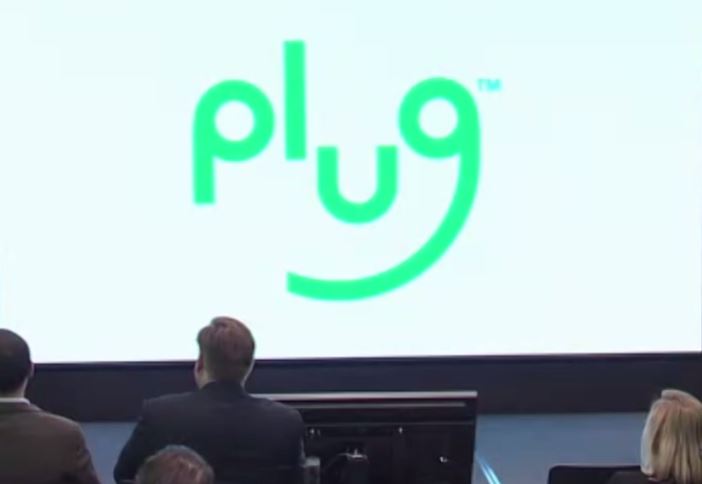Plug Power has signed a multi-year extension of its supply agreement with a major U.S.-based industrial gas company, aiming to secure consistent hydrogen volumes through 2030.
The agreement—critical for sustaining Plug’s hydrogen applications across more than 275 customer sites—will also cut input costs and improve margin stability, key to the company’s broader financial recovery strategy.
The enhanced agreement ensures Plug will continue to receive liquid hydrogen from its long-standing supplier while realizing immediate cost reductions. This move comes as Plug works to counterbalance inflationary pressures and a tight capital environment by accelerating cost optimization under its “Project Quantum Leap” initiative, which targets improved operational efficiency and stronger cash flows.
Although Plug has invested heavily in its own domestic hydrogen production capabilities—with facilities in Georgia, Tennessee, and Louisiana offering 40 tonnes per day (TPD) of liquid hydrogen—the company’s growing footprint and the broader hydrogen sector’s nascent infrastructure necessitate hybrid supply models. The company’s hydrogen generation projects are still scaling, and even as more plants come online, current demand growth across multiple sectors outpaces production.
The latest deal reflects that reality. With over 40 new customer sites scheduled to come online in 2025 alone, Plug’s expanding network of hydrogen users—from logistics giants like Amazon and Walmart to heavy industrials—requires both reliability and price predictability. The agreement mitigates the risk of production lags and supply bottlenecks while offering operational breathing room as Plug’s in-house capabilities mature.
This agreement also points to a maturing phase of the U.S. hydrogen industry, where upstream coordination between producers, suppliers, and end-users is beginning to mirror the vertical integration seen in mature fossil fuel markets. The undisclosed partner’s role is not limited to commodity delivery—it includes collaboration on network efficiency improvements, suggesting future coordination on logistics or infrastructure that could benefit both companies’ portfolios.
This is aligned with Plug’s long-standing strategy of building a full-stack hydrogen ecosystem—from electrolyzer manufacturing and fuel cell deployment to on-site storage and refueling systems. As the company transitions from early-stage deployment toward network consolidation, the need for robust supply partnerships becomes a strategic necessity rather than a transitional stopgap.
Plug’s supply agreement also coincides with favorable policy tailwinds. Recent federal tax incentives and funding mechanisms under the Inflation Reduction Act and Bipartisan Infrastructure Law are beginning to take effect. These measures are expected to catalyze both demand and investment in clean hydrogen, including large-scale projects that require integrated supply chains.
Plug has positioned itself as a leader in this space, claiming to be the largest user of liquid hydrogen globally and already deploying over 72,000 fuel cell systems and 275 fueling stations. Its U.S. operations continue to expand with new production plants underway, and its electrolyzer technology—already exported to five continents—forms a central pillar of its growth strategy.
Stay updated on the latest in energy! Follow us on LinkedIn, Facebook, and X for real-time news and insights. Don’t miss out on exclusive interviews and webinars—subscribe to our YouTube channel today! Join our community and be part of the conversation shaping the future of energy.
